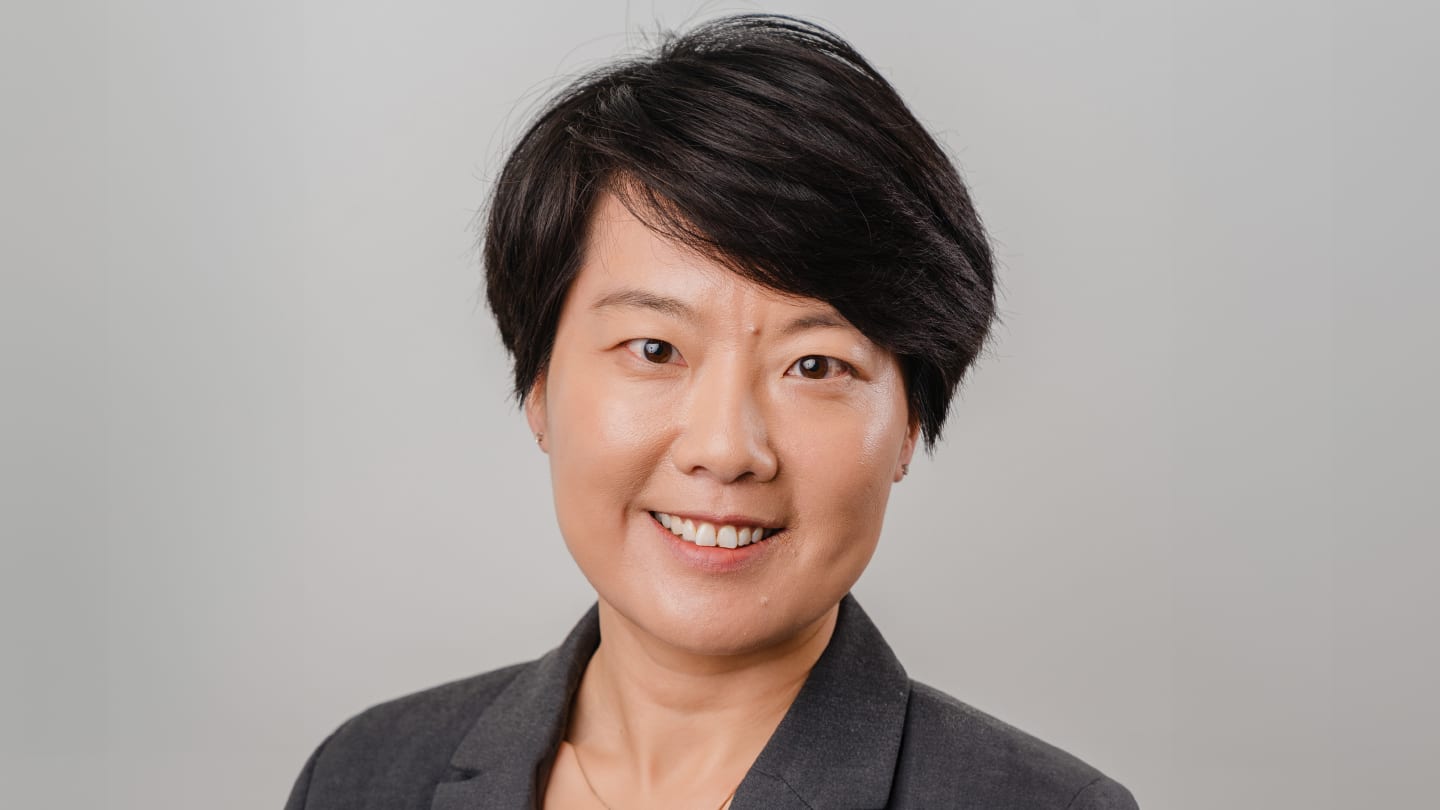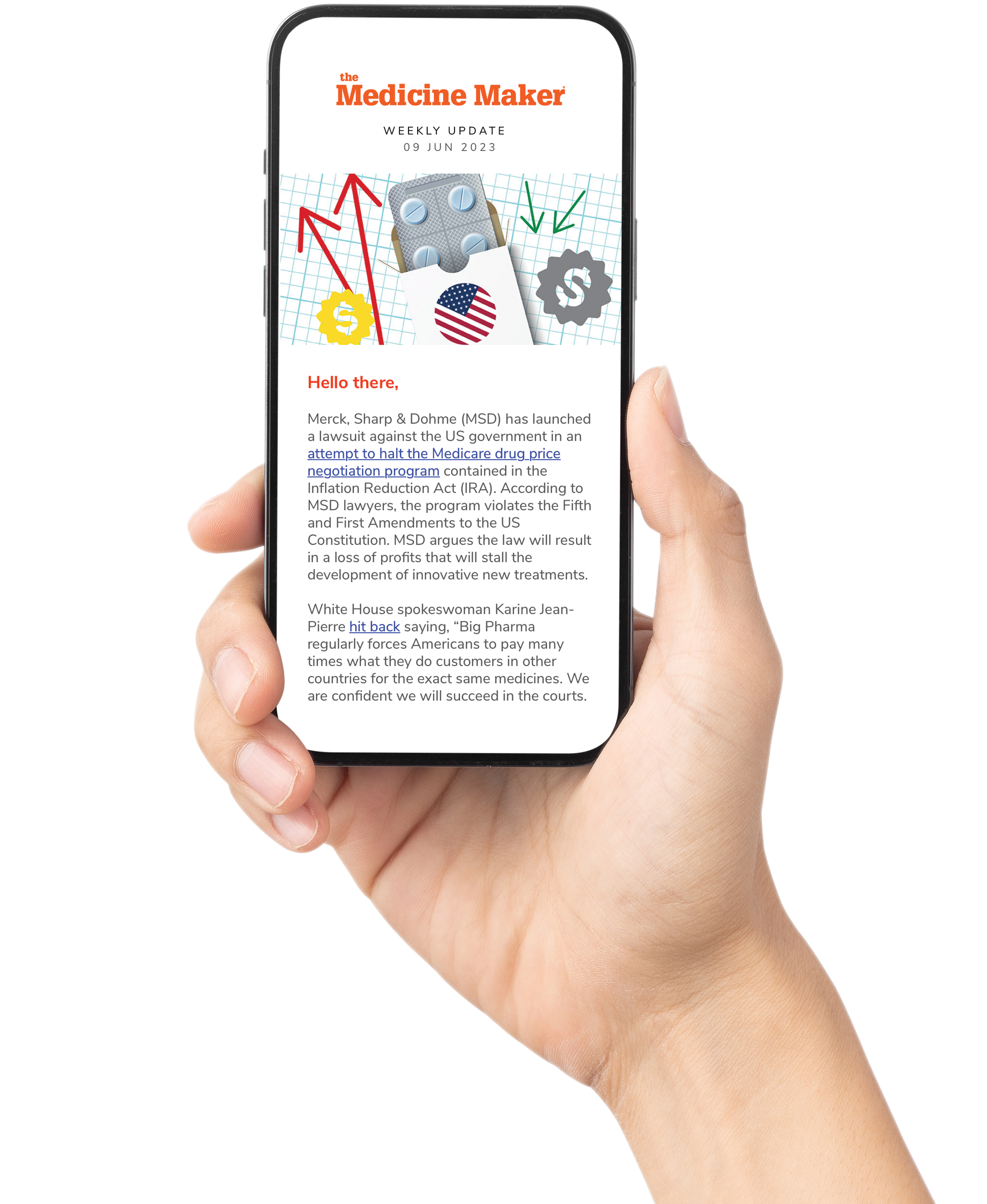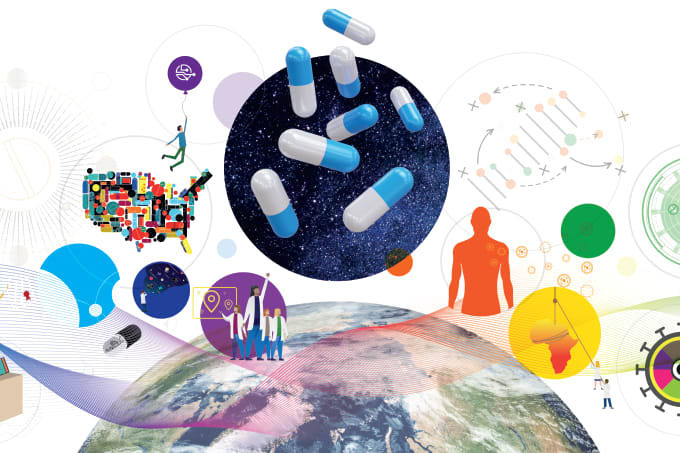
Immunotherapy uses a patient's immune system to fight cancer by helping the body to identify cancer cells and redirect T-cells to attack tumor-specific antigens. These treatments can be lifesaving through their ability to shrink tumors and extend life in cases where conventional cancer therapies have failed. However, some of the most effective immunotherapies, such as CAR-T and T-cell engager (TCE) therapies, carry risks of serious adverse events, particularly cytokine release syndrome (CRS).
Early identification and management of these adverse events typically require extended inpatient care for patients. Such intensive monitoring not only limits patient access to these lifesaving therapies but complicates the recruitment of patients for clinical trials because of increased burdens, higher care costs, and limited availability of qualified treatment centers.
Christine Guo, Chief Scientific Officer at digital health solution company Ametris (formerly ActiGraph), explains how digital health technology could improve CRS monitoring to expand patient recruitment for clinical trials and post-market access to immunotherapy.
What are the clinical challenges and potential impacts on patient outcomes that you see as most critical in managing CRS during immunotherapy?
CRS is an inflammatory response that can occur in some patients because of immune hyperactivation and excessive secretion of cytokines. Although uncommon, patients who suffer the most serious reactions can progress to multi-organ failure and even death, making close clinical monitoring a critical part of the treatment protocol.
Because of the concern over adverse events, patients are kept in the hospital after treatment for round-the-clock observation and, if needed, swift intervention. While this level of caution is sometimes essential, it is costly, stressful for patients, and often more complicated than necessary.
How can patient monitoring strategies be updated to improve care for immunotherapy patients?
Instead of admitting every patient, a well-designed outpatient model could safely replace routine inpatient care. Academic centers have already shown this can work. In a recent systematic review, researchers reported that outpatient CAR-T therapy was as safe and effective as inpatient treatment. If anything, it delivered slightly better outcomes with fewer adverse events at a significantly lower cost and strain on healthcare resources. Yet most community hospitals still default to inpatient monitoring because of limited experience and perceived risk. Widening outpatient protocols would substantially reduce costs and make these lifesaving therapies accessible to more patients.
How can digital health technologies (DHTs) and remote monitoring technology facilitate outpatient care delivery?
DHTs enable remote monitoring of patients’ vital signs wherever the patients happen to be. Academic centers have already experimented with episodic remote checks, asking patients to take temperature or blood pressure readings several times a day while lodging in a hotel near the hospital. However, this model demands specialized staff and is hard to implement at scale. Wearable DHTs can stream continuous data, including detailed trends of heart rate, temperature, blood pressure, and activity levels without relying on the patient to remember or log each measurement. Feeding those signals into AI-driven models can further deliver early-warning systems that flag subtle changes long before symptoms escalate, giving clinicians a wider safety margin and allowing most patients to recover at home instead of a hospital or hotel room.
For CRS in particular, the medical community has worked hard to standardize grading based on specific signs and symptoms, but inconsistency can creep in when grading relies on occasional spot checks and individual judgment. Continuous, objective monitoring tightens that variability.
Wearable data exposes the early physiological patterns of CRS that sporadic spot checks can miss, which can mean faster, more reliable detection. Through data collection using wearables, clinicians across different sites can grade and treat CRS consistently, and automated alerts continue to track patients after discharge so teams can intervene immediately if vital signs change.
How can implementing more standardized and accurate data-collection methods enhance evidence generation in clinical trials and improve the data quality used?
Improving how we monitor immunotherapy patients can speed up the development of advanced treatments by helping us better understand patient responses and treatment safety. Using digital technology to collect high-frequency, high-fidelity data gives us detailed information on immune system activity, making it easier to spot early signs of adverse reactions. This data can improve dosing regimens, develop more personalized treatment plans, and move more safely towards a future of greater outpatient care. Along with the potential of digital monitoring to reduce patient risk and hospital stays, it can also mean simpler clinical trial protocols, which, in the long term, could help speed up the advancement of new immunotherapy options. Moreover, running clinical trials in an outpatient setting would give health systems greater confidence to prescribe a therapy on an outpatient basis once it reaches the market.
Can you share insights or case studies illustrating how digital health technology can enhance CRS monitoring?
We have seen very promising progress with our work in the immunotherapy space and have great confidence in the ability of DHTs to support early detection of CRS and widen immunotherapy access. I am particularly excited about our recent work supporting a clinical trial assessing a T-cell engager immunotherapy, which demonstrated that multivariate digital data could effectively differentiate between patients with no CRS and CRS, as well as CRS Grade 0-1 and Grade 2+, validating detection models that rely solely on objective vital sign measurements.
Additionally, our collaboration with Mayo Clinic showed that continuous monitoring provided clearer and more reliable signals than episodic monitoring by establishing the personalized baseline of physiological variations based on circadian rhythm and physical activity. Pathological deviations were identified well before the onset time detected by standard-of-care. Additionally, in partnership with Vanderbilt-Ingram Cancer Centre, we evaluated the safety of remote digital health monitoring in CAR-T cell therapy, where our platform enabled clinical teams to track continuous vital signs of patients receiving YESCARTA (axicabtagene ciloleucel) through a digital health platform.
What does the future of immunotherapy oncology look like from here?
We are on the brink of a more practical and more patient-friendly approach to treatment where remote monitoring can continue safely beyond the clinic. This will make lifesaving therapies accessible to a broader population, and continuous minute-by-minute data from medical-grade wearable sensors will provide deeper insights into patients' immune responses. The goal is that this approach will reduce the burden on patients, lower healthcare costs, broaden access, and provide deeper insights that can inform the development of safe and effective immunotherapies. Digital health will play a crucial role in shifting immunotherapy into a personalized, globally accessible, and data-driven approach to cancer treatment.
Christine Guo leads the clinical and data science team at Ametris (formerly ActiGraph) and is responsible for the scientific strategy and services supporting Ametris’ leadership in digital medicine. Christine has over 15 years of experience in clinical research and a vision for leveraging technology in clinical trials and practice. Prior to Ametris, Christine was Head of Scientific Innovation at Biogen Healthcare Solutions, leading the clinical development and validation of Biogen’s digital medicine products (Software as Medical device) in multiple sclerosis, neuromuscular, and neurodegenerative diseases. Christine brings unique scientific insights by bridging clinical and technical disciplines and is passionate about leveraging data and technology to improve people’s health. Christine holds a B.A. in biological sciences from Peking University and Ph.D. in neuroscience from Stanford University.




